The Building Control Alliance has recently published new guidance in respect of using combustible insulation materials to residential buildings over 18m in height. Steve Evans at NHBC outlines what this means.
The Building Control Alliance has recently published new guidance in respect of using combustible insulation materials to residential buildings over 18m in height.
BCA technical guidance notes are for the benefit of its members and the construction industry, to provide information, promote good practice, and encourage consistency of interpretation for the benefit of our clients. They are advisory in nature, and in all cases the responsibility for determining compliance with the Building Regulations remains with the building control body concerned.
This guidance is based upon information available at the time of issue and may be subject to change. The Approved Documents should be consulted for full details in any particular case. Section 12 of Approved Document B2 gives guidance on the acceptable use of combustible materials within the external cladding system.
Where a building exceeds 18m in height, AD B2 recommends (for the entire wall area both below and above 18m) either the use of materials of limited combustibility for all key components or to submit evidence that the complete proposed external cladding system has been assessed according to the acceptance criteria in BR135 – Fire Performance of External Thermal Insulation for Walls of Multistorey Buildings. This guidance note outlines both procedures in more detail and addresses common misconceptions relating to combustibility and surface spreads of flame ratings.
Key Issues
Fire spread via the external wall medium is exacerbated by the use of combustible materials and extensive cavities. The speed by which a flame rises vertically up the external face of a building leads to potentially rapid fire spread from lower floors to higher ones.
Within the confines of a cavity, the flame will also elongate up to ten times its length as it searches for oxygen. Hence, the need for robust cavity barriers, restricted combustibility of key components, and the use of materials with a low spread of flame rating proving necessary, particularly given the delamination and spalling nature of some of the components when heated.
Statutory guidance addresses these issues for the initial stages of a fire, after which time it is assumed that the fire brigade have arrived to deal with the incident. However, even with the fire brigade’s arrival, a fire which cannot be reached within 18m of the street level is unlikely to be adequately tackled using current fire brigade apparatus and so additional safeguards are necessary for taller buildings.
A Surface Spread of Flame Classification does not infer any resistance to combustibility, it is solely a measure of the spread of a flame across the surface:
• Thermosetting insulants (rigid polyurethane foam boards) do not meet the limited combustibility requirements of AD B2 Table A7 and so should not be accepted as meeting AD B2 paragraph 12.7. However, if they are included as part of a cladding system being tested to BR135 & BS8414, the complete assembly may ultimately prove to be acceptable.
• The BR135 / BS8414 tests deal solely with the spread of fire once it has entered the cavity. Hence, the requirements for cavity barriers in accordance with Section 9 of AD B2 are required in all cases including around openings in the façade.
Guidance
Where the building doesn’t exceed 18m in height, there is no restriction on the combustibility of the components of the cladding system. However, cavity barriers in accordance with Section 9 and Diagram 30 will still be needed
Where the building exceeds 18m in height, the BCA recommends three options for showing compliance with paragraph 12.7 of AD B2:
Option 1
The use of materials of limited combustibility for all elements of the cladding system both above and below 18m. This includes the insulation, internal lining board and the external facing material. Smaller gasket parts and similar low-risk items can be excluded from this requirement. The definition of a MOLC is stated in Table A7 of AD B2.
Option 2
An acceptable alternative approach (see AD B2 paragraph 12.5) is for the client to submit evidence to the Building Control Body that the complete proposed external cladding system has been assessed according to the acceptance criteria in BR135 – Fire Performance of External Thermal Insulation for Walls of Multistorey Buildings. The preferred method of demonstrating compliance is via a fire test carried out in accordance with BS8414:1 Fire performance of external cladding systems – Part 1: Test method for non-loadbearing external cladding systems applied to the face of the building or BS8414-2 Fire performance of external cladding systems – Part 2: Test method for non-loadbearing external cladding systems fixed to and supported by a structural steel frame. The test should be carried out by an independent UKAS accredited testing body. The BS8414 tests do not give a PASS /FAIL answer because the data obtained is used by different bodies with different minimum requirements. Hence, for Building Regulation purposes, any test using this method needs to be supported by proof that the acceptance criteria of BR135 have been met. These acceptance criteria are listed in Annex A or Annex B of BR135 and include the following:
• External fire spread – determined by a 600ºC rise in temperature on the external face of the building (measured at a point approximately one storey above the fire floor) for thirty seconds or more during the initial fifteen minutes of the test.
• Internal fire spread – determined by a 600ºC rise in temperature on the internal face of the building (measured at a point approximately one storey above the fire floor) for thirty seconds or more during the initial fifteen minutes of the test.
• Mechanical performance – determined by an assessment of system collapse, spalling, delamination, flaming debris or pool fires.
Option 3
If no actual fire test data exists for a particular system, the client may instead submit a desktop study report from a suitable independent UKAS accredited testing body (BRE, Chiltern Fire or Warrington Fire) stating whether, in their opinion, BR135 criteria would be met with the proposed system. The report should be supported by test data which the test-house already has in its possession, and so this option may not be of benefit if the products have not already been tested in multiple situations/ arrangements. The report should also specifically reference the tests which they have carried out on the product.
Things to note:
• Surface Spread of Flame Classification does not infer any resistance to combustibility, it is solely a measure of the spread of a flame across the surface.
• Thermosetting insulants (rigid polyurethane foam boards) do not meet the limited combustibility requirements of AD B2 Table A7 and so should not be accepted as meeting AD B2 paragraph 12.7. However, if they are included as part of a cladding system being tested to BR135 & BS8414, the complete assembly may ultimately prove to be acceptable.
• The BR135 / BS8414 tests deal solely with the spread of fire once it has entered the cavity. Hence, the requirements for cavity barriers in accordance with Section 9 of AD B2 are required in all cases including around openings in the façade.
• Issues of the fire-resistance performance of external cladding systems, eg in relation to boundary conditions and space separation still need to be addressed. The recommendations in Section 13 of Approved Document B2 and BRE guide BR 187 – External fire spread: building separation and boundary distances should be followed.
A pdf version of this guidance can be downloaded from the BCA website – www.buildingcontrolalliance.org/guidance/technical-guidance-notes/
Steve Evans
Senior Area Technical Manager
NHBC


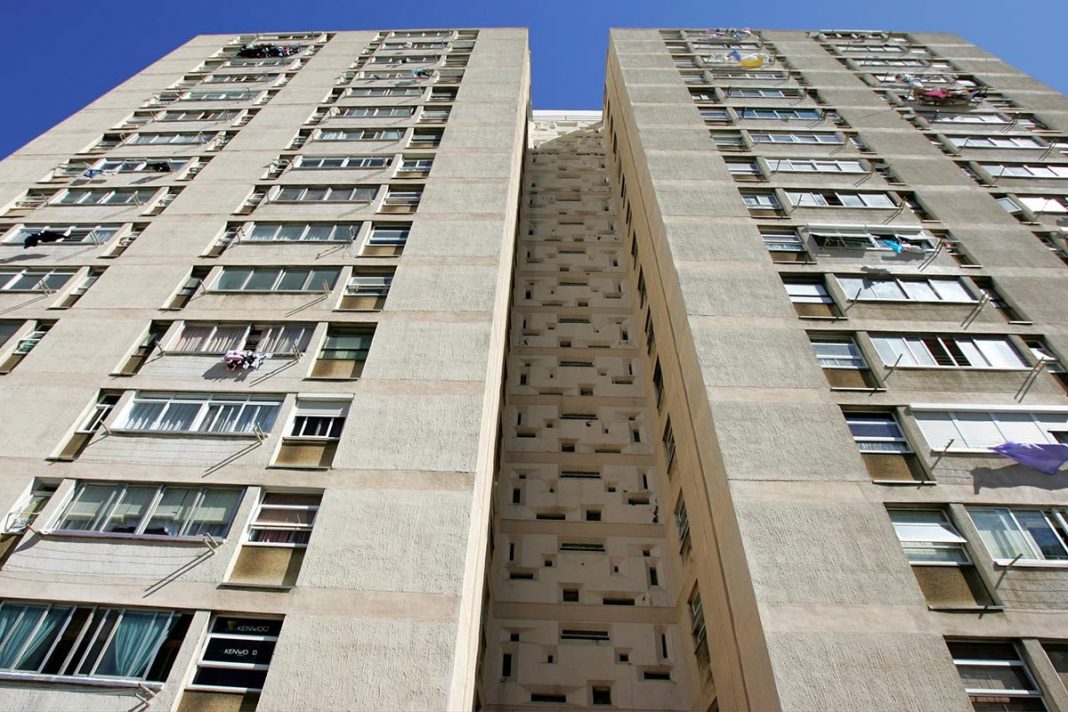







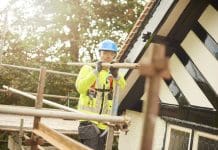
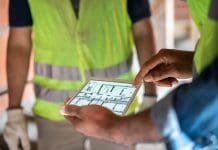
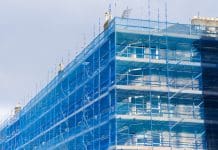
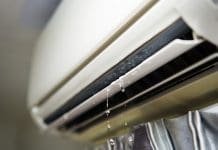
![[VIDEO]What to expect when you’re inspecting: Using DorTrak for fire door inspections](https://www.pbctoday.co.uk/news/wp-content/uploads/2025/02/maxresdefault-218x150.jpg)
I cannot find a copy of the pdf version of the Combustible cladding material on residential buildings guidance on the BCA website, please send me a copy or the appropriate link.
Thanks
Mervyn
Hi Mervyn, I have emailed you a copy of the PDF